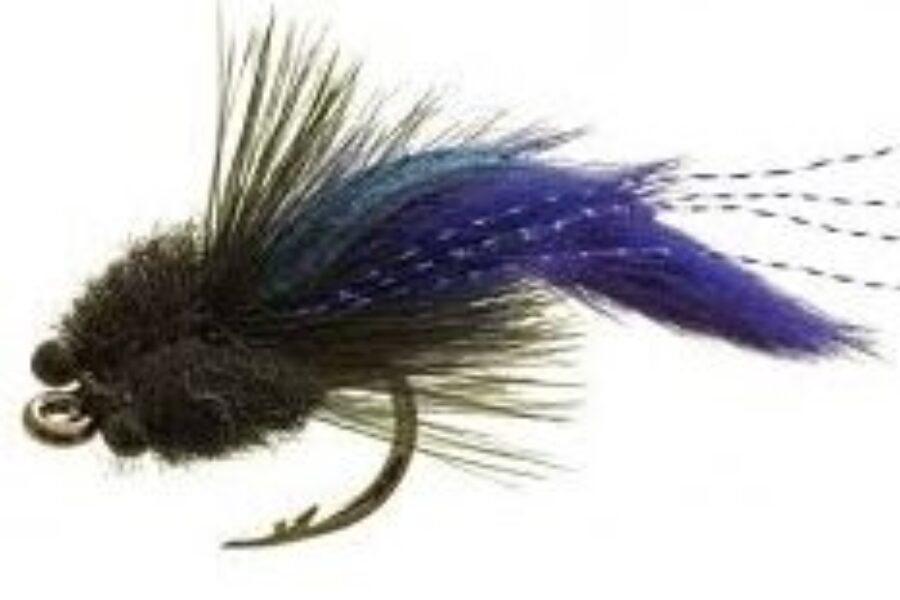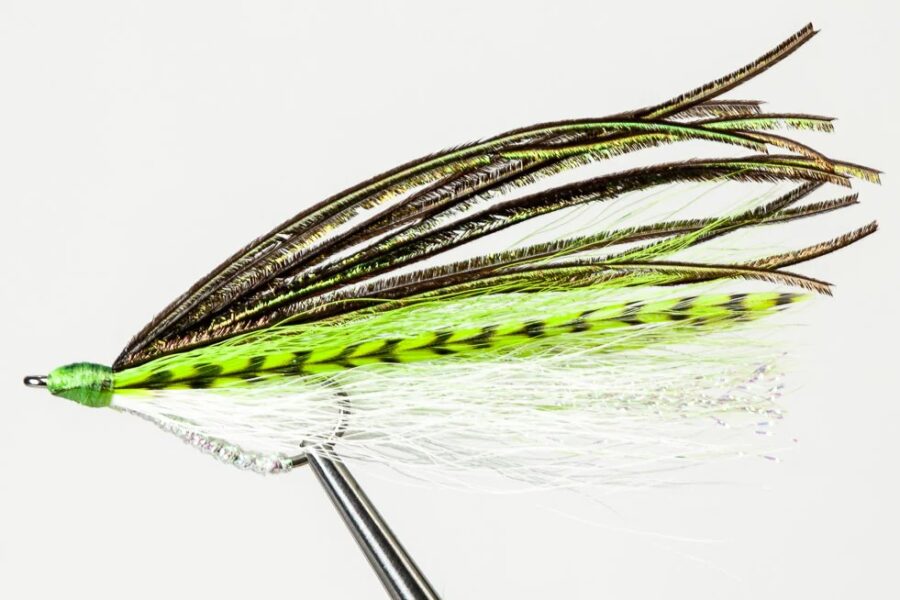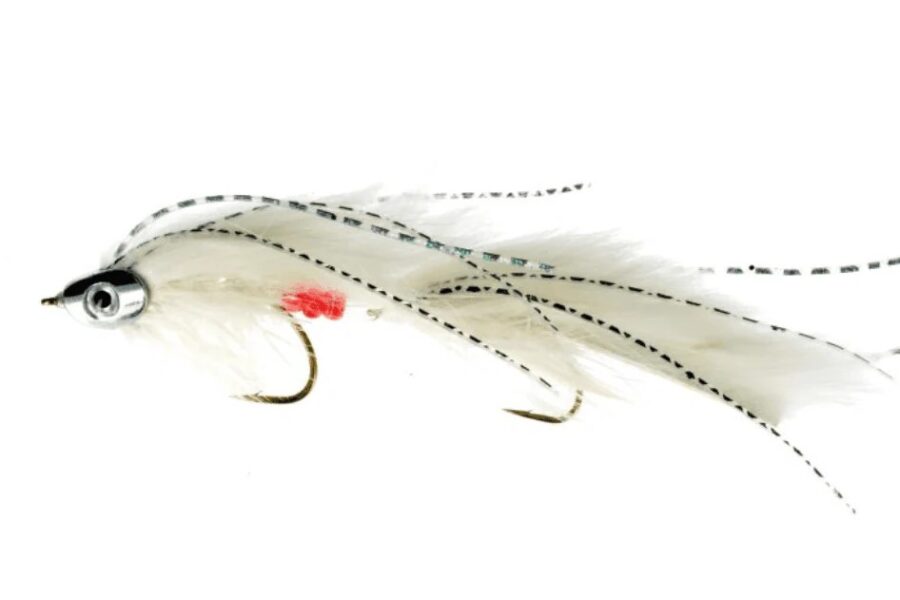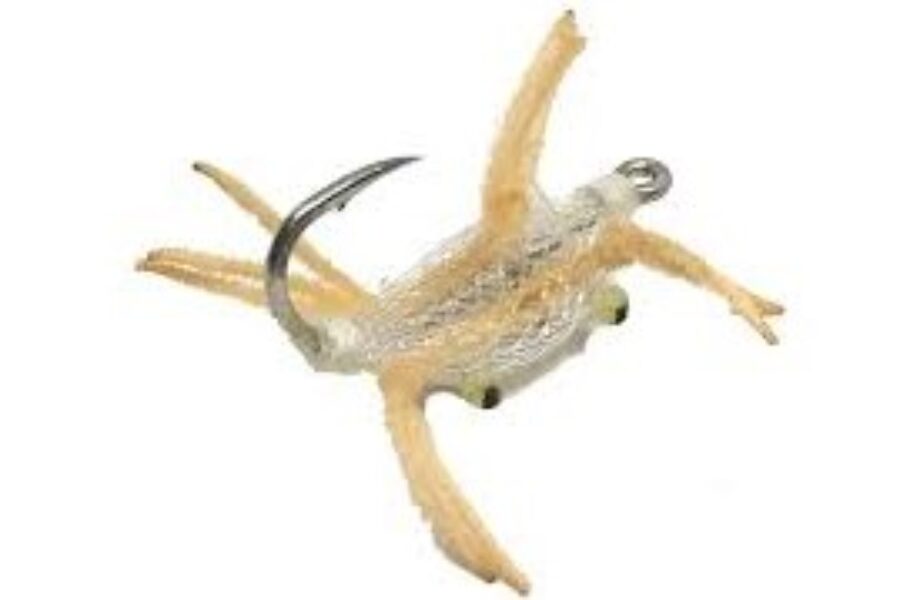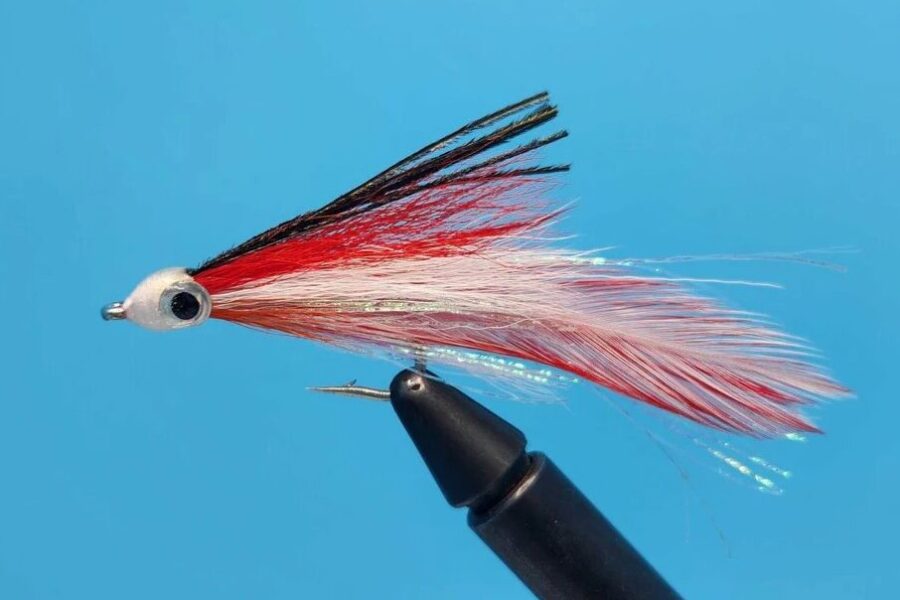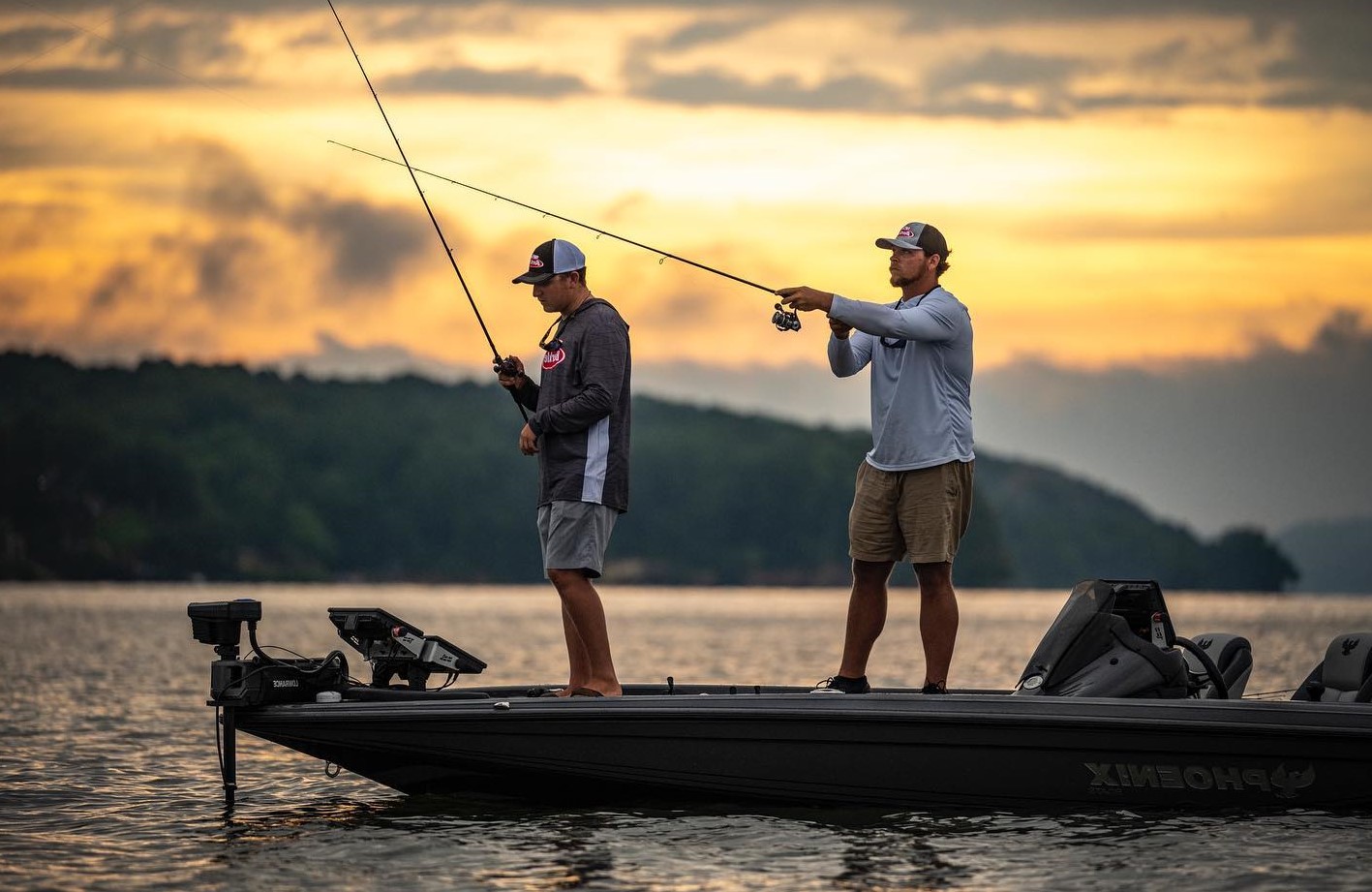Mastering the Art of Fishing From Catch to Table
If you’d like to impress your friends or family with the fish you catch, all you need is some advice from experienced anglers. This comprehensive guide will help get you started with both catching and selecting the best fish for consumption.
Essential Fishing Techniques
Safe Water Navigation
Be extra careful when wading in the water. If you need to wade across a river when you’re fishing, be sure to go slowly and be extremely careful. If you move too quickly, you’ll scare away all of the nearby fish. Take your time and avoid disturbing components of the river. Using a wading staff can provide extra stability, especially in unfamiliar waters.
Mastering Cast and Position
Look for the optimal fishing spot, and then cast your hook in a place upstream from that area. This will drag your hook to move past the fish naturally. The downstream drift of the water will attract fish to your lure. This technique is especially useful if fish are collected under an obstruction. Understanding water flow patterns can significantly improve your success rate.
Advanced Fly Fishing Methods
Fly fishing is a lot of fun and offers a unique approach to catching fish. This technique has a distinctive style that differs from other fishing methods. If you’re interested in this kind of fishing, you must invest in specialized equipment including appropriate lures, clothing, and gear. The learning curve may be steep, but the rewards are worth the effort. When it comes to trout fishing specifically, selecting the right flies is crucial for success.
Expert Guide to Trout Fly Selection
For anglers targeting trout, having the proper selection of flies can make the difference between a successful day on the water and going home empty-handed. The best trout flies are those that accurately match the natural insects and aquatic life present in your local waters. When choosing types of trout flies for sale, consider building a diverse collection that covers different fishing situations throughout the year.
Success in trout fishing often depends on matching your flies to the seasonal hatches and current fishing conditions. During spring and early summer, aquatic insect hatches are prevalent, requiring smaller patterns that imitate emerging insects. Late summer brings terrestrial insect activity, calling for larger surface patterns. Winter fishing typically demands tiny offerings that match the limited food sources available during colder months.
Quality matters significantly when selecting trout flies. Well-constructed flies tied with premium materials will not only last longer but also maintain their shape and effectiveness after multiple fish. Consider stocking your fly box with both floating and subsurface patterns to cover different feeding situations throughout the day.
Environmental Factors and Adaptation
Understanding Weather Impact
Whatever flies you choose, never go out on a fishing trip without first checking the weather forecast. You may also consider packing a radio since weather conditions can change rapidly. Understanding how weather affects fish behavior can help you plan more successful trips.
Managing Noise and Fish Behavior
Loud sounds will send fish away faster than almost anything else. If you must communicate with another person, keep your voice low, as it is more likely that nearby fish will become spooked by noise. Fish are sensitive to sound vibrations in the water.
Preparation and Strategy
Pre-fishing Knowledge Building
If you are going fishing for the first time, it is essential that you have a solid understanding of what you are doing. Do plenty of research before jumping in. There are many useful books available which can provide plenty of fishing knowledge. With this information at your fingertips, you can implement what you’ve learned to catch trophy fish.
Strategic Bait and Lure Selection
Change the color of the artificial bait occasionally, especially if you haven’t gotten any bites in a while. Fish are usually interested in bait that is shinier than usual, or a different shade than they are used to, which may lead to a nice catch. Experimenting with different colors and patterns can make a significant difference.
Targeting Trophy Fish
For catching larger fish, try using larger bait on your line. Larger bait is more expensive, but it might guarantee an equally sized catch. This is logical since larger fish will choose larger pieces of food and therefore, would be interested in a larger size of bait. However, ensure your gear is appropriate for handling bigger fish.
Technical Equipment and Skills
Must-Have Fishing Tools
When you are planning your fishing trip, be certain to always include a sharp knife in your tackle box. This is a critical tool that you should not be without. Be sure to invest in a high-quality knife with a sharp blade. Regular maintenance of your equipment ensures reliability when needed.
Fish Landing Best Practices
If you require a net for catching fish, make sure that it enters headfirst. This will help protect the fish while it is being caught. It is advised to only use a net when absolutely necessary, as proper handling reduces stress on the fish.
Optimizing Bait Visibility
Be aware of your bait’s color versus the water’s color. You must choose a lure that fish will be able to see. If your fishing environment is murky, use bait that is bright and easily visible. However, in clear water, use colors that are deep and dark that don’t blend into the surroundings.
Responsible Fishing Practices
Sustainable Catch Management
Try to find ways to use all of the fish you have caught. While it can be fun to bring home lots of fish, it is important to only keep what you can realistically eat. If you reach the limit of fish you will use, either throw the excess back or share them with friends.
Protecting Fishing Environments
Do not litter in the water or near it. Trash damages the beauty of nature and can be harmful to both plants and fish alike. Practice leave-no-trace principles to preserve fishing spots for future generations.
Advanced Fishing Strategy
Location and Movement Tactics
Move around every hour if you are having trouble remaining patient for a long time when fishing. This will keep your mind alert and help you appreciate the scenery from a new spot. You may even discover a location where the fish are actively biting.
Understanding Fish Psychology
Always do your research on the fish species you want to catch before each fishing trip. It is vital to understand how fish think to have a chance of catching them. While fish may not be known for their intelligence, they aren’t completely stupid. Research thoroughly before trying to catch specific species to improve your odds of success.
Safety and Comfort
Proper Hydration and Health
It is very important that you stay well hydrated while fishing. Even if you don’t feel thirsty, drink water throughout the day. You could possibly fall out of the boat due to dehydration. Proper hydration helps prevent accidents on the water.
Essential Comfort Measures
Fishing can take a toll on your body. Wearing appropriate layers and protecting your feet from water will make for a much more relaxing fishing experience. Proper gear helps you stay comfortable during long fishing sessions.
Leveraging Local Expertise
Ask locals about good fishing holes. You may find valuable information from bus drivers, campground attendants, or community centers. Be sure to obtain necessary permits and ask permission from the owner of the lake or pond before fishing.
Just imagine the faces of your friends and family when you show them the huge fish you reeled in the next time you bring back your catch. Memories like these are priceless, and it can be wonderful to know that you are able to create them with your new fishing skills.

